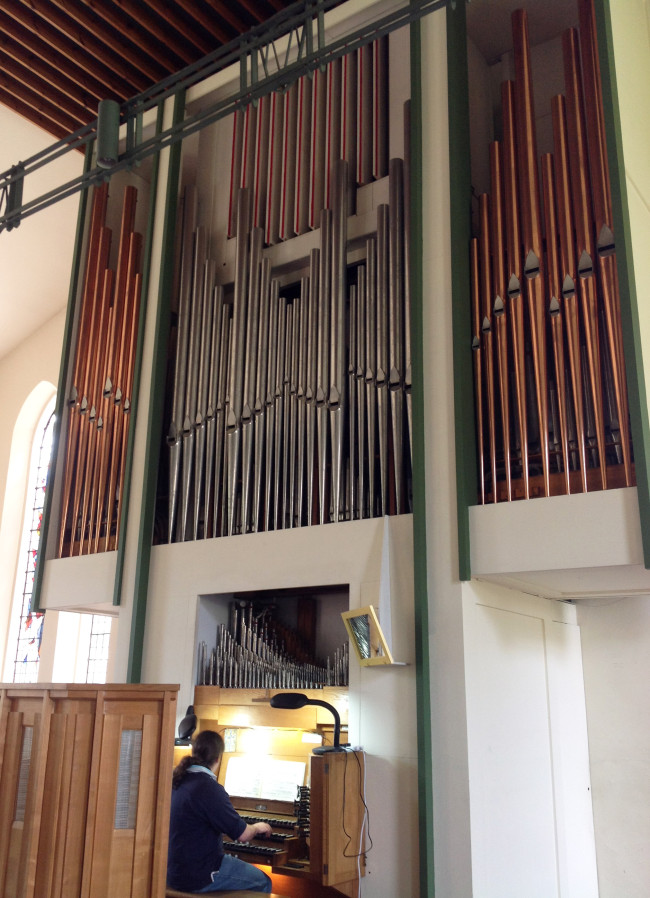
It’s not often you sit down at an organ, in an unprepossessing church, in an unlikely part of town, and start playing…and suddenly you’re covered in goosebumps.
Officially we were at St Mary’s Woodford, in East London, for a RCO advanced harmony class with Frederick Stocken, but as Frederick is Director of Music here, we were invited to play the organ if we wanted to. And it’s a fabulous instrument.
I found a wonderfully chiffy 8’ flute for Weelkes…a brilliant chorus for a Bach Prelude and Fugue…and then it was someone else’s turn. (So no chance to try out the romantic repertoire, this time round.)
This is a 1971 Grant, Degens & Bradbeer organ, and, of course, a sister organ to the controversial GD&B in New College Oxford from 1969, which I have also played briefly, in a student recital – though the New College instrument didn’t make the same impression on me.
Both these instruments belong to the neo-classical school of organ building when modernist design was combined with perceived baroque principles of winding, action and tonality, after the rediscovery of old instruments. This was a brave new world of organ reform, though not all of the ideas have lasted: the brutalism of some of the organ cases is unappealing, and the use of chipboard, aluminium, and glass (the latter famously in the New College organ swell shutters) was a short-term experiment. I like the comment of one contributor to the Mander Organs Forum who says the New College organ still sounds good but looks its age – ‘rather like an elderly kitchen cabinet’. Cruel but true.
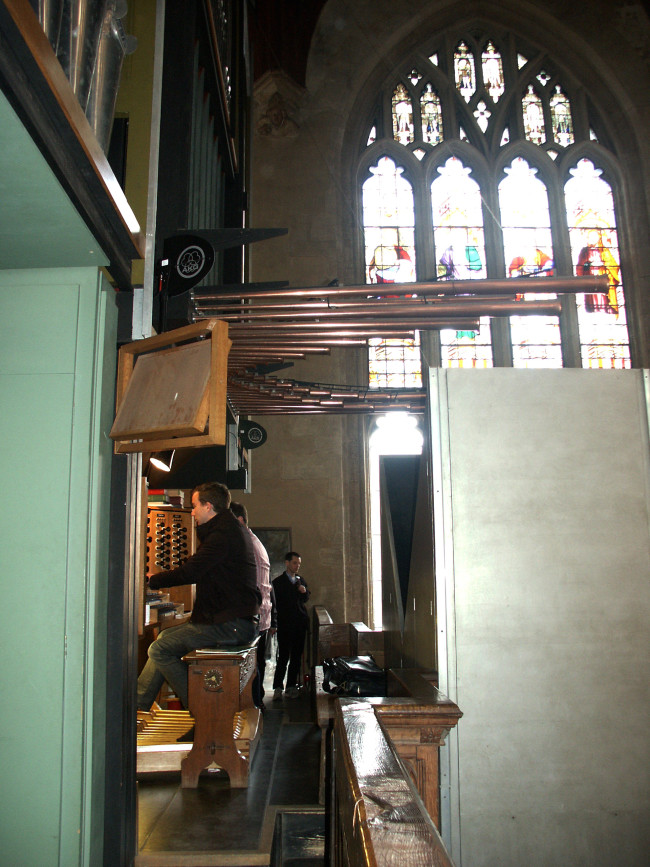
The New College organ seems to have struggled with the fit to the building, both in the structure (the Reynolds west window is obscured, and the back had to be hurriedly redesigned when it was realized that it was in full view from the antechapel) and the sound (it has been altered several times to make it into a more suitable instrument for choir accompaniment).
No arguments though about the combination of organ and building at St Mary Woodford – the organ sound seems to fit the building like a glove (or should that be the other way round?)
National Pipe Organ Register specifications:
St Mary’s Woodford N07764
New College Chapel Oxford D00380
I am going to try and find this book by Maurice Forsyth-Grant (of Grant, Degens & Bradbeer): Twenty One Years in Organ Building (Positif Press) as it includes details of the construction of the New College Oxford organ with numerous photographs.
And finally let’s not forget the advanced harmony: RCO workshops are open to all, not just RCO members.

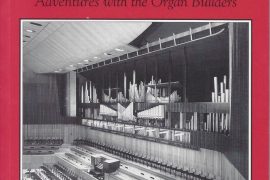
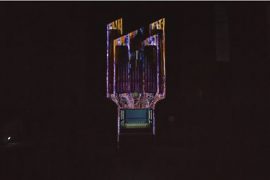
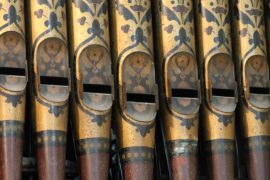
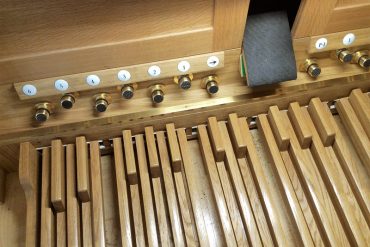
unprepossessing church? You must be joking.
Unlikely part of town? What ignorance!
Hi Jane – it was meant with some affection – sorry! I was suggesting that you don’t need to go to a grand cathedral in the City to find a fabulous organ. I live and work in North London myself and would describe quite a few bits of it as extremely unlikely: the North Circular rips through the end of my road – just like Woodford! Wonderful to find an oasis of excellence that more people should know about.
I hope you have managed to find Maurice Forsyth-Grant’s book, which is a fascinating account of the company throughout its existence. An engineer by training, he was also one of the three founders of Racal, which later became Vodafone, so he was wealthy enough to subsidise a number of their instruments, for instance adding stops that weren’t in the specifications but that he felt should be there (such as the aliquots at New College, one of which was subsequently removed on the grounds that it “sounded odd”).
I found your site because I am listening to one of Keith John’s excellent recordings at Woodford and I wanted to look up the stop list. It really is a remarkable instrument. G, D & B were able to embrace the principles of the Organ Reform and yet still build organs that were fit for purpose, able to cover a reasonable amount of repertoire and sounded beautiful. They are now historical instruments in their own right and I hope that they can be respected as such. Unfortunately there seem to be hardly any recordings of New College and not enough of Woodford.
Woodford seems to be something that just a few organists know about, which is a pity. I notice it’s now 10 years since I wrote this particular article (tempus fugit) – I’ve moved to Kent now, and Frederick Stocken also moved on – to St George’s Metropolitan Cathedral in London for several years.
I did read Maurice F-G’s book, and as you say it was a fascinating account of the ups and downs of an organ building company in the 20th century. I can’t find it on my shelves now, so it must have been a library book.
Not forgetting the bells of the St. Mary’s Church of course. They give the bells of St Mary’s in Bow a run for their money any day.
I hope they are still in good nick and still ringing !